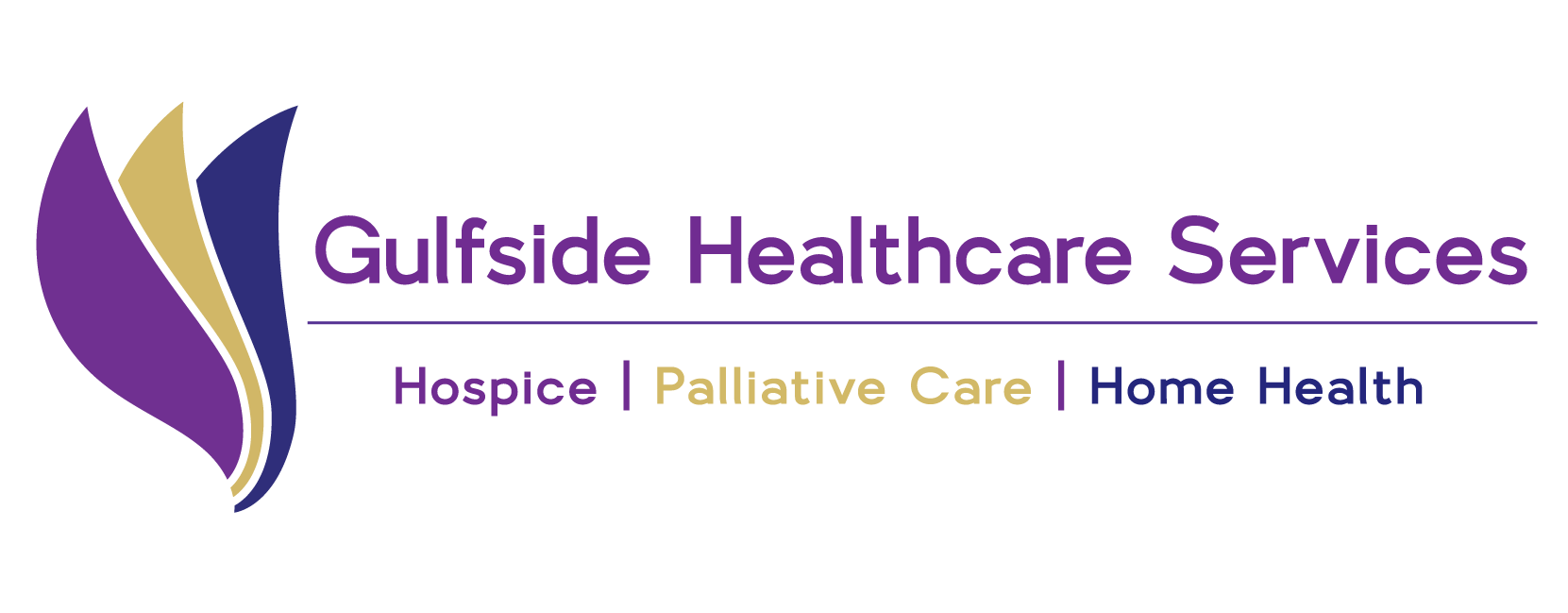7 min read
Telehealth: Making Palliative Care Accessible For Those With Chronic Illness
By: Linda Ward on April 28, 2022 at 4:42 PM

With the advancement of technology, tasks like visiting the doctor, going to therapy, and being able to ask a question about a new medication are becoming more accessible for those living with chronic illness. In today’s world, it is possible to use telehealth to report any changes to your well-being from the comfort of your own home. This means that obstacles like finding accessible transportation, a caregiver’s hectic schedule, or lack of availability for an appointment do not interfere as often.
This blog will discuss the benefits of telehealth care more in-depth and how utilizing this tool can make a recovery a lot more successful, as well as how this service is beneficial to the care team and ensures that the care a patient is receiving aligns with what they desire
Chronic Illness is defined as a long-term health condition that might not have a cure and requires a person to rearrange their daily routine to accommodate their needs. Chronic illnesses can be debilitating, and the symptoms can make one feel as if life is too difficult or that they are a burden to others. Several conditions qualify as chronic, but the most common primary chronic conditions that affect morbidity and mortality include:
- Alzheimer disease and dementia
- Arthritis
- Asthma
- Cancer
- COPD
- Crohn disease
- Cystic fibrosis
- Diabetes
- Epilepsy
- Heart disease
- HIV/AIDS
- Mood disorders (bipolar, cyclothymic, and depression)
- Multiple sclerosis
- Parkinson disease
Most patients with a chronic conditions will opt to receive palliative care at some point in their treatment plan. Unlike hospice care, palliative care aims to treat symptoms and ailments causing pain during any phase of a chronic illness. Palliative care is not just for those reaching their final days, but for those struggling with the emotional, physical, and spiritual toll of chronic disease. You can read more about palliative care and who qualifies for this service in this blog. '
-1.jpg?width=603&name=akshar-dave-NEye0hR6tZs-unsplash%20(1)-1.jpg)
A palliative care team will work alongside a family, or a caregiver, to help find solutions to obstacles that are getting in the way of everyday life. Answers can be found by conducting a home visit to see how accessible things are for a patient or a loved one and finding exercises that relieve pain and aid in mobility to prevent other conditions or ailments from developing during the recovery process. The care team can also help the patient, caregiver, or family find a meal plan suitable for their dietary needs. Palliative care addresses all areas of life that might be causing suffering, which means that the care team can assist with finding social services and resources for the patient and family.
Benefits of Using Telehealth While Receiving Palliative Care
According to Harvard Health Publishing, telehealth is defined “as the delivery of health care services at a distance through the use of technology. This form of care can include everything from conducting medical visits over the computer to monitoring patients' vital signs remotely. An article published by the source mentioned above as states that telehealth is typically administered in three ways:
- Synchronous—when the doctor communicates with the patient in real time via computer or telephone
- Asynchronous—when data, images, or messages are recorded to share with the doctor later
- Remote patient monitoring—when measurements such as weight or blood pressure are sent to the health care provider
Palliative care leaders found that by utilizing telehealth patients were more satisfied with their care plan and there was a decrease in no-show appointments. Telehealth also allowed medical professionals a way to see the home environment if their schedule was too hectic for an in-person consultation. Overall telehealth makes the transition to palliative care less stressful and more accommodating for individuals who have conditions that require tentative care. Telehealth appointments can also be for services such as virtual support groups, grief counseling, and for appointments with the Caregiver Support Services team.
.png?width=571&name=MicrosoftTeams-image%20(4).png)
Kim Fantasia, an APRN and member of the Gulfside Palliative Care team stated that "Virtual visits allow multiple caregivers to take part in the visit which can not only support the patient but provide great information for how the entire family is doing. Since our team conducts the visits together, the patient does not have to repeat their story multiple times at separate visits and we can develop our plan of care together to really provide multi-disciplinary care."
Gulfside chooses to incorporate telehealth into the palliative care program, because it allows patients to receive care wherever they call home. Telehealth also makes it easier to ensure that a patient’s family or caregiver feels supported and knowledgeable about a recent diagnosis. As technology continues to advance, Gulfside will look for new ways to improve the way the company provides affordable care to residents in Pasco County.
If you are interested in learning more about palliative care you can check out this blog post. You can also watch the webinar below to learn more about the difference between palliative and hospice care. If you would like to schedule a consultation, visit this page
Related Posts
How A Social Worker Can Be An Advocate
A social worker is a professional who aims to enhance an individual's overall well-being and help...
What is Palliative Care?
If you are living with a chronic illness, palliative care can help with maintaining stability,...
Planning For The Future: How To Make Your Wishes Known
Establishing a will can be a daunting task. Nobody wants to think about what will happen to their...


